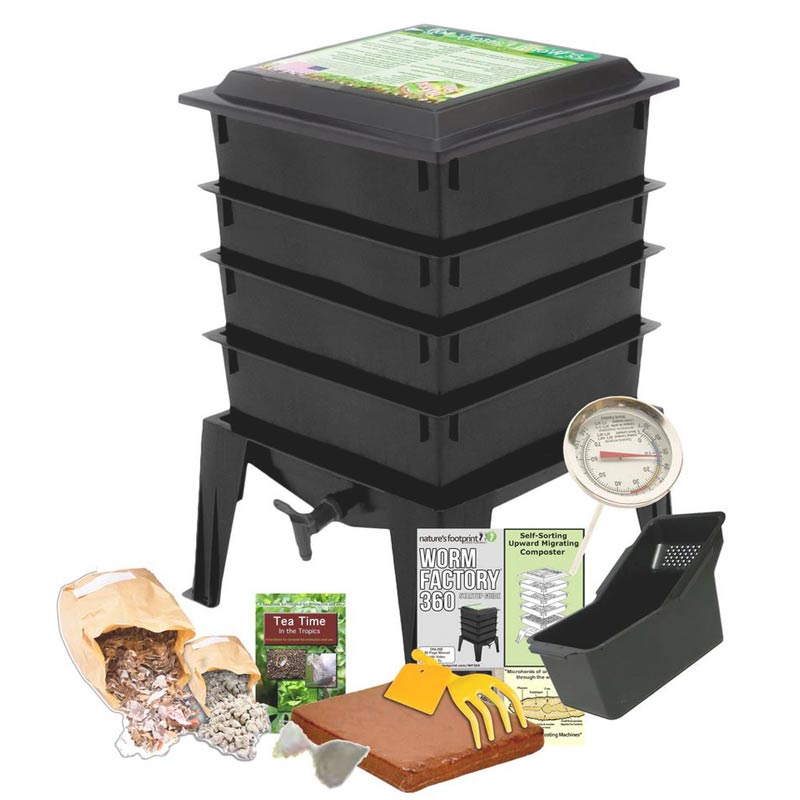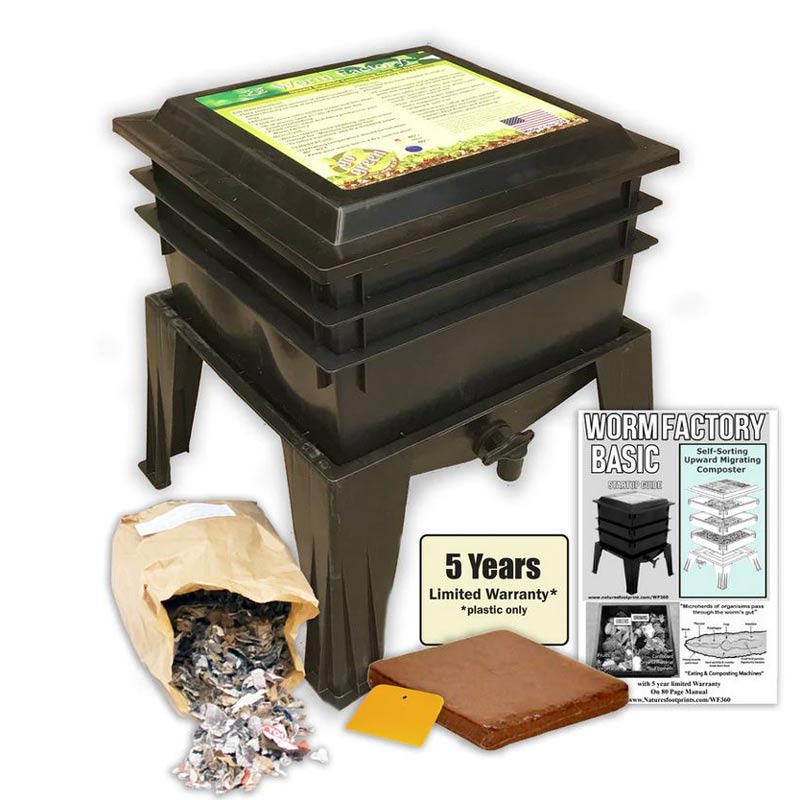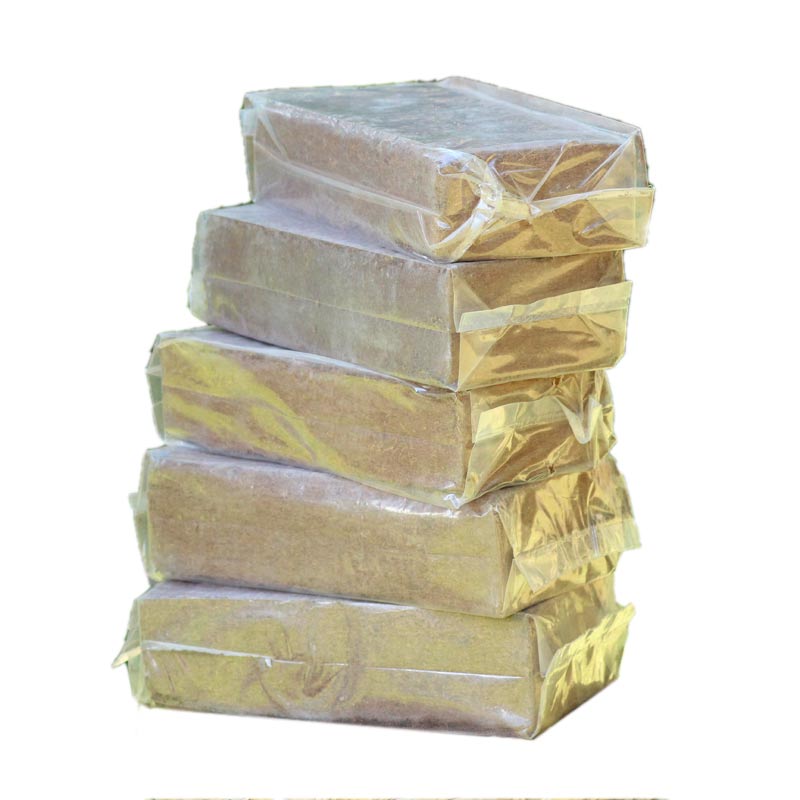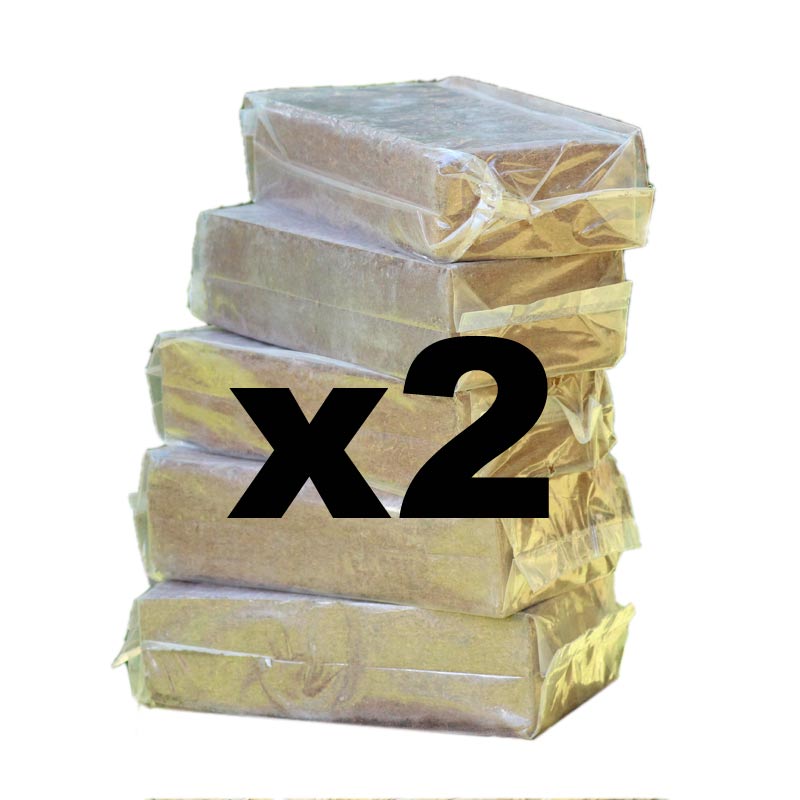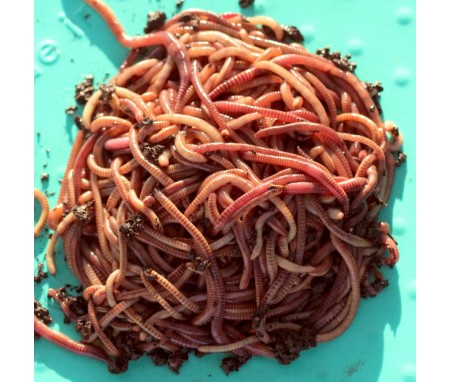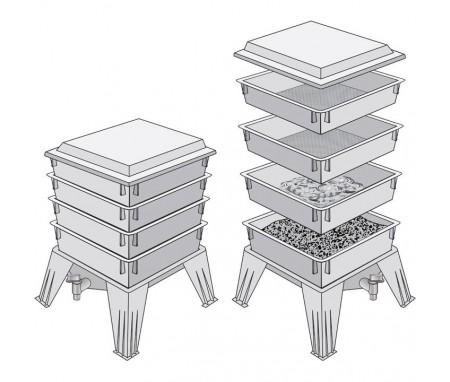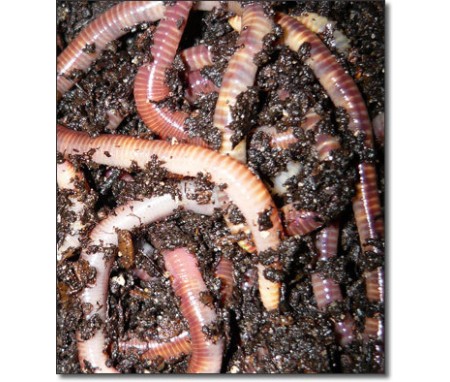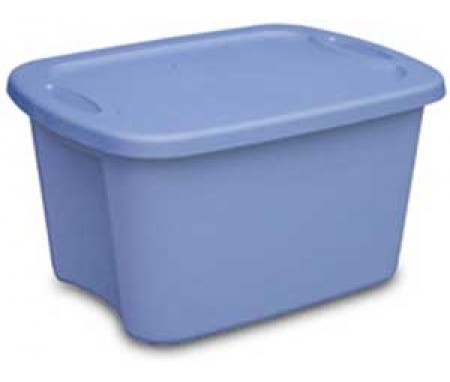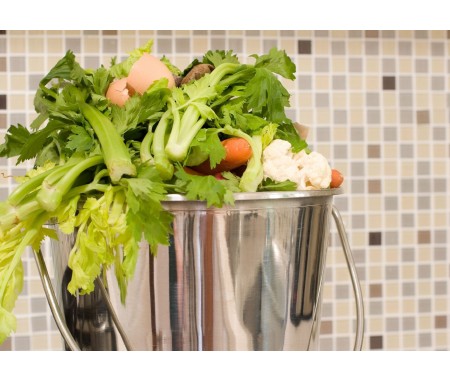I Want To Raise Worms...Where Do I Start?
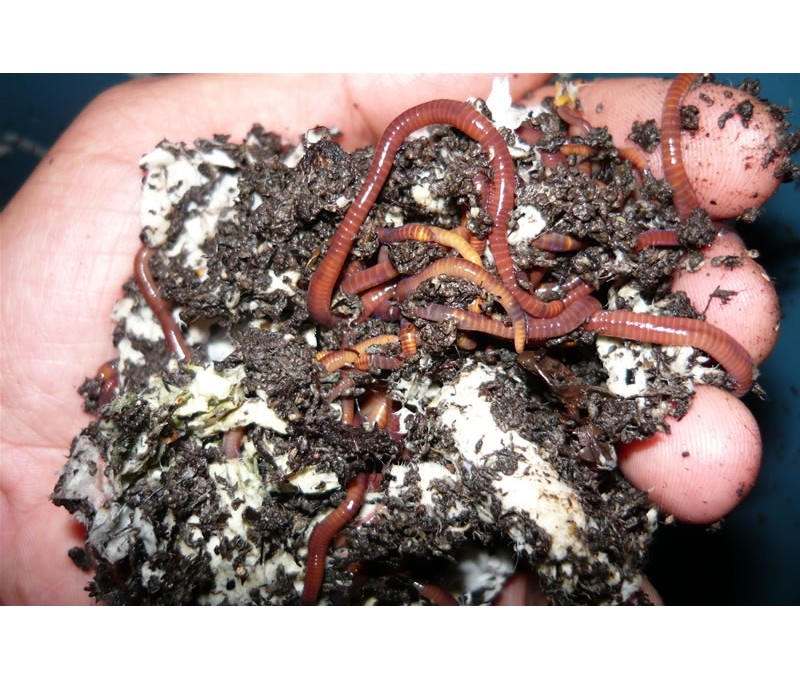
Planning For Your Worms
If you have read a few of our other articles such as "A Snapshot of Worm Biology" and "Raising Worms: A Brief Overview", you have learned some basic information on how worms live in their natural environment, the benefits they bestow upon the soil and plants, some rudimentary knowledge about their physical traits, as well as their digestive and reproductive systems. Are you ready to jump in and start your raising worms? Excellent! But wait...what kind of worms should you get and how many do you need? If you are feeling unsure or a little overwhelmed about where to begin, rest assured that the information found in this article will help guide you in successfully starting your own worm colony.Let us begin by looking at some important questions that you will need to answer that will help you find the right path:
- What is my goal for raising worms?
- Which type of worm do I need to meet my goal?
- How many worms will I need to start?
- What type of habitat should I use to raise my worms?
- Where should the habitat be located?
- What goes in a worm habitat?
- What do I feed my worms?
What Is My Goal?
You are now a member of a growing community of people that have discovered these wonderful creatures and are looking to increase your knowledge and learn how to raise them. Your first step in your journey is to answer this question: What is my goal in raising worms? Determining your goal will help decide which species of worm you will raise, the type, size, and location of habitat, as well as the kind of food you will be feeding them.Going Green
A popular reason people raise worms is to reduce their ecological impact by composting their kitchen and paper waste. Raising worms is one of the easiest ways you can go green and reduce the amount of trash entering our landfills and water systems. Instead of throwing your kitchen scraps in the garbage can or down the sink disposal, feed it to your worms!Make Your Own Fertilizer
Gardeners have always been enthusiastic proponents of the compost produced by our subterranean friends. Worms will produce more compost in a shorter period than any other tool that man has invented. The compost created by worms is of the highest grade, containing not only greater amounts of mineral nutrients in soluble form, but also containing a high percentage of castings that help to form soil aggregates leading to a permanent improvement in soil structure. Not to mention the money they can save by harvesting their own all-in-one fertilizer and soil conditioner!Fishing
Anglers will benefit from raising their own bait. With a little time and effort a sizable breeding stock can be established which will provide an endless supply of bait. Why pay $6.00 for a dozen worms when you can raise them yourself and keep a breeding stock of thousands?Pet Food
Reptile, amphibian, and aquarium fish pet owners have a quite a variety of dry pet food from which to choose. These types of dry foods are dehydrated crude protein supplemented with vitamins. Although these types of dry foods are sufficient for your pet’s dietary needs, manufactured kibble is not necessarily nature’s best solution for your pet’s nutritional requirements. Why not serve your pet(s) fresh food? Worms are a superb source of protein, fat, carbohydrates, vitamins and minerals! Lizards, fish, turtles, frogs, and chickens can all enjoy a nutritious, tasty dinner from your worm bin. Fresh food as Mother Nature intended!Choose Your Goal
Whether you are recycling your garbage, producing rich compost for your garden, using them for fishing bait, or a feeding your pets a nutritious meal, your reason for raising worms identifies your goal. From my experience in selling worms to thousands of people, I have learned there are four primary goals people have (in no particular order of importance) for raising them:- Recycle and compost kitchen and/or paper waste
- Generate worm castings/create plant fertilizer
- Maintain a fishing bait supply
- Food for their animals – primarily chickens, reptiles or fish
Determining your goal will define your choice for which type of worm you need to obtain that goal. Which of the four primary goals listed above most closely aligns with your own goal?
Which Type of Worm Do I Need?
Now that you have identified your goal, your next step is to determine which type of worm is best suited to achieve it. There are thousands of worm species found on our planet. Of these thousands, humans have cultivated three that will thrive in the crowded environment of a man-made habitat. Each of these three worm species have the characteristics to achieve the four goals listed in the previous section. These species are:- The Red Wiggler
- Small size, 2-3 inches when mature
- Deep red coloring, thin banding, and yellow-tipped tail
- European Nightcrawler
- Medium size, 4-5 inches when mature
- Distinctive striped banding and wide thickness
- African Nightcrawler
- Large size, 6-7 inches when mature
- Purple-brown coloring and green iridescent sheen
These three species have something very important in common; they are epigeic worms. Epigeic worms live, eat, and breed within the top few inches of the soil horizon. They have evolved to consume surface litter such as vegetation and animal droppings. Epigeic worms are the type of worms best suited for consuming kitchen scraps, paper products, manure, or specialized worm feed. These worms form no permanent burrows and live on the soil surface and uppermost mineral layer. They feed in organic surface debris and are well adapted to the rapidly changing environment of the soil surface. They are voracious eaters, thrive in a densely populated habitat and, depending on the species, can tolerant of a wide range of environmental conditions. Each species has its own unique characteristics that can determine optimal size of a habitat, frequency of bedding changes, and temperature requirements. Use the following outlines to help you determine which species of worm is the right choice to meet your goal. Each primary goal outline lists the recommended worm that best accomplishes that goal.
Keep in mind that these recommendations are not absolute – all three species have the ability to complete any of the primary goals. However, you will achieve the best results you seek by following the outlines presented here.
Recycling and Composting Kitchen and Paper Waste
1st Recommendation: Red Wigglers
Pros
- Voracious appetite
- Thrives in dense population
- Adapts to wide range habitat conditions
Cons
- Small size can make it cumbersome to separate from bedding
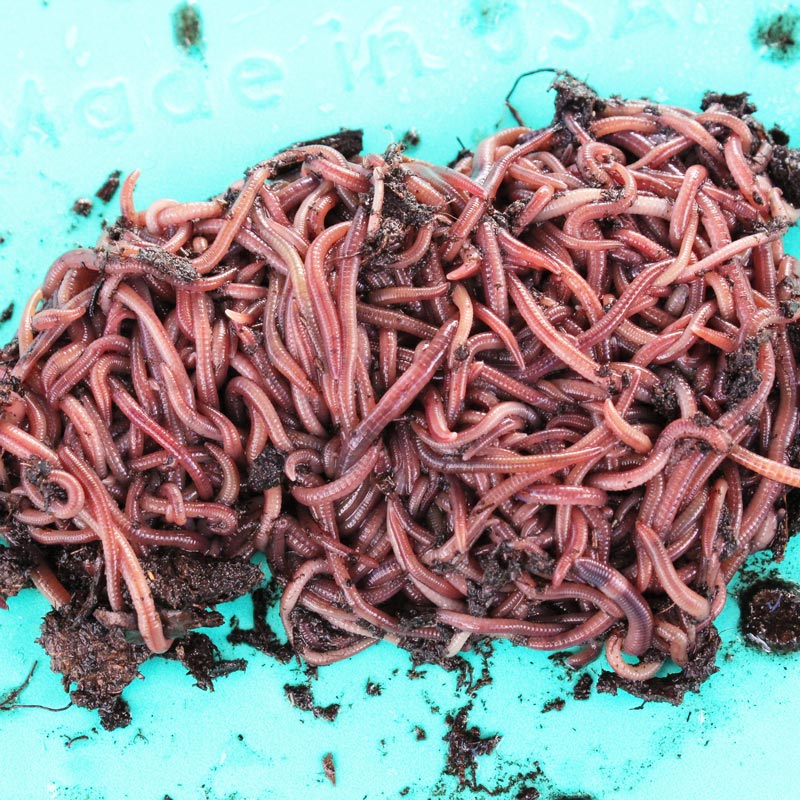 Red wigglers stand out as the best choice for composting your kitchen scraps and paper waste. They have a voracious appetite, thrive in a densely populated area, and are tolerant of a wide range of environmental conditions. They are not easily disturbed by the turning and raking of bedding that is necessary when adding food scraps or checking the progress of decomposition in your worm habitat. These qualities translate into the perfect species for the worm farming beginner.
Red wigglers stand out as the best choice for composting your kitchen scraps and paper waste. They have a voracious appetite, thrive in a densely populated area, and are tolerant of a wide range of environmental conditions. They are not easily disturbed by the turning and raking of bedding that is necessary when adding food scraps or checking the progress of decomposition in your worm habitat. These qualities translate into the perfect species for the worm farming beginner.
Their diminutive size makes them ideal for smaller habitats, yet this does not lessen the fact that Red wigglers are very successful working in large scale composting operations. They are well adapted to rapidly changing conditions of a compost bin. Although this hardy worm will survive temperatures close to 40°F, they prefer bedding temperatures between 68°F and 80°F. The Red Wiggler grows to a length of 2-3 inches, but do not let its small size fool you - these little guys can process large amounts of organic material. You will be able to compost your kitchen scraps ten times faster when compared to composting without them.
All three species listed in this article will compost organic material. However, the Red Wiggler’s ability to live in a broad range of temperatures, moisture conditions, and types of bedding gives it my highest recommendation for the beginner worm wrangler with a goal of recycling and composting kitchen and paper waste.
Generate Worm Castings/Plant Fertilizer
1st Recommendation: African Nightcrawlers
Pros
- Produces castings quickly
- Large size
- Breeds quickly
Cons
- Sensitive to colder temperatures
- Frequent bedding changes in small habitats
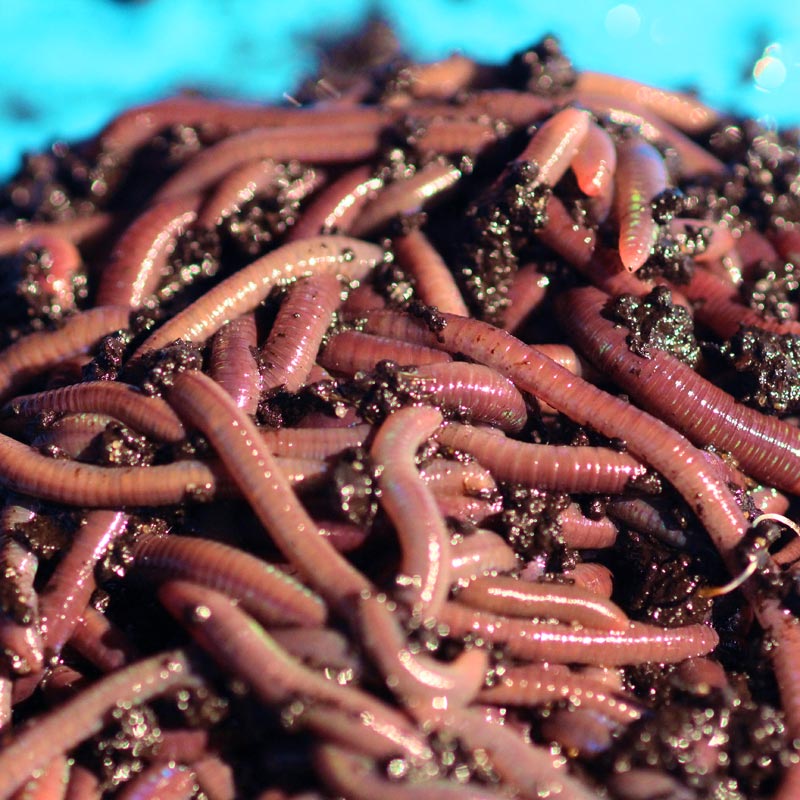 The African Nightcrawlers, one of the top-producers in the worm castings industry, can create vast quantities of castings in a short amount of time. Their large size enables them to consume and digest generous amounts of food, therefore quickly creating a greater amount of worm castings than with smaller species.
The African Nightcrawlers, one of the top-producers in the worm castings industry, can create vast quantities of castings in a short amount of time. Their large size enables them to consume and digest generous amounts of food, therefore quickly creating a greater amount of worm castings than with smaller species.
The African Nightcrawler is the largest composting worm available in the composting industry and can grow up to seven inches in length. They will eat a variety of feed such as kitchen scraps, manure, or grain meal. You can feed them paper products as well. However, using paper as their primary diet will not produce large amounts of castings. This due to the nature of paper -- a very fibrous material that has very little natural moisture content or nutritive value for the worm.
Despite being an industry favorite, there are a few points you should consider when raising the African Nightcrawler. This worm is a tropical species that has evolved to live in warm climates; its environmental necessity for temperatures over 55°F may dictate the need to raise them indoors where temperatures are constant and controlled. In addition, because of their ability to quickly consume organic matter and produce castings, you will need maintain a steadfast bedding maintenance plan. This includes adding fresh bedding as well as casting removal. Who likes living in their own poop?
2nd Recommendation: European Nightcrawlers
Pros
- Adapts to wide range of temperatures
- Produces castings quickly
- Medium size
Cons
- Does not thrive in acidic conditions
- Frequent bedding changes in small habitats
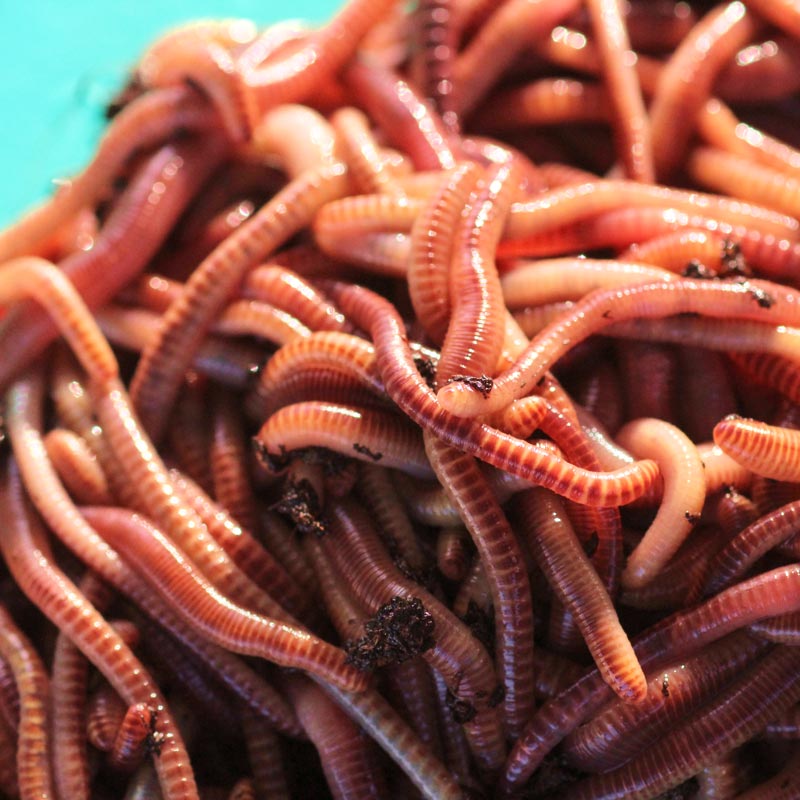 Another top producing worm in the fertilizer business is the European Nightcrawler. Raised extensively in both Holland and the USA, it is favored for its tolerance to a wider range of temperature. This characteristic is valuable if the environment in which you choose to raise your worms drops below 55 degrees F (but remains above 40 degrees F).
Another top producing worm in the fertilizer business is the European Nightcrawler. Raised extensively in both Holland and the USA, it is favored for its tolerance to a wider range of temperature. This characteristic is valuable if the environment in which you choose to raise your worms drops below 55 degrees F (but remains above 40 degrees F).
The European Nightcrawler are proportionally wider than other species of worms – it is recognized as being a “fat” worm. You can feed them kitchen scraps, manure, or grain meal. Just like the African Nightcrawlers, they will not produce large amounts of castings when feeding a paper-only diet.
A need-to-know when raising European Nightcrawler is their sensitivity low pH (acidic) bedding. A low bedding pH may occur when feeding them a diet high in grains and cereals. Regular bedding maintenance is essential in keeping the bedding fresh and the castings harvested.
To Summarize This Goal
The African Nightcrawler’s size gives it the ability to consume large amounts of feed that, in turn, enables them to produce a bountiful amount of castings. Ensure you have a steady bedding maintenance plan in place to prevent the worms from living in their own excrement. The Africans will not survive when are exposed to temperatures below 55°F for more than two hours.The European Nightcrawler does not produce castings quite as quickly as the African Nightcrawler. However, the difference is negligible when measured in a small-scale operation. The European will tolerate a wider range of temperatures making it ideal for outdoor habitats. They are sensitive to acidic bedding conditions. However, regular bedding maintenance should prevent this from happening.
Fishing Bait
1st Recommendation: European Nightcrawlers
Pros
- Hardy, long-lived on the hook
- Stays alive in cold rivers and streams
- Good movement on the hook
Cons
- May require larger habitat to maintain breeding population
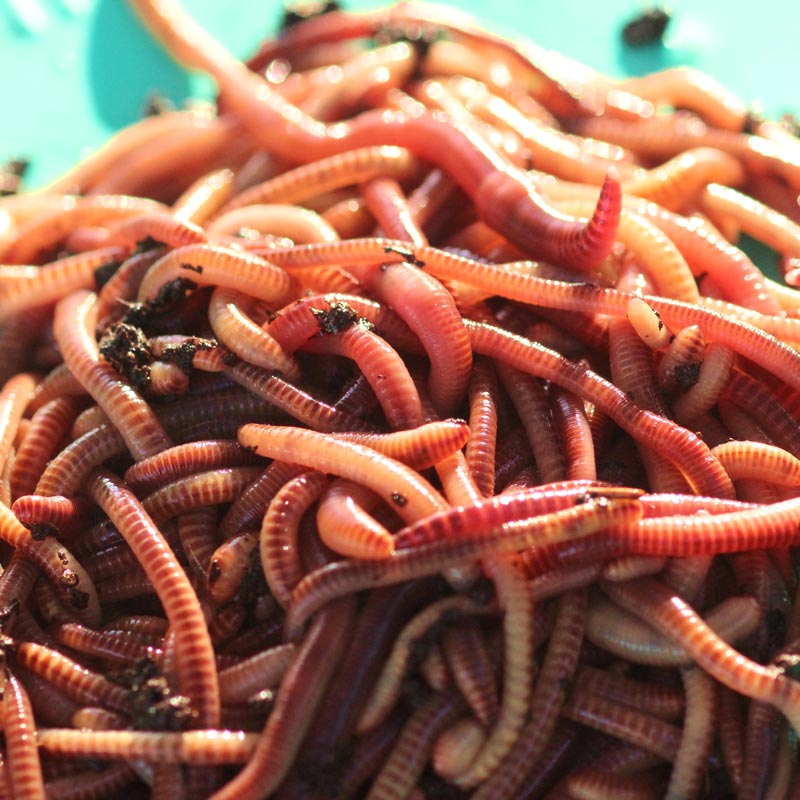 The European Nightcrawler is a superb choice to use for fishing bait. They grow relatively quickly, are less sensitive to cold weather, and stay firm on the hook. Do you have memories of using a Canadian Nightcrawler that went limp and soggy on your hook after a only few minutes? The European will stay alive while submerged for much longer than other earthworms. And, although it does not grow as long as the African nightcrawlers, it has plenty of width to fit on larger hooks when fishing for bass or catfish. The Europeans can even survive brackish water as well as excellent for ice fishing.
The European Nightcrawler is a superb choice to use for fishing bait. They grow relatively quickly, are less sensitive to cold weather, and stay firm on the hook. Do you have memories of using a Canadian Nightcrawler that went limp and soggy on your hook after a only few minutes? The European will stay alive while submerged for much longer than other earthworms. And, although it does not grow as long as the African nightcrawlers, it has plenty of width to fit on larger hooks when fishing for bass or catfish. The Europeans can even survive brackish water as well as excellent for ice fishing.
Pet Food
1st Recommendation: Red Wigglers
Pros
- Nutritious meal, packed with protein
- Freshest pet food available
Cons
- May be too small for large pets
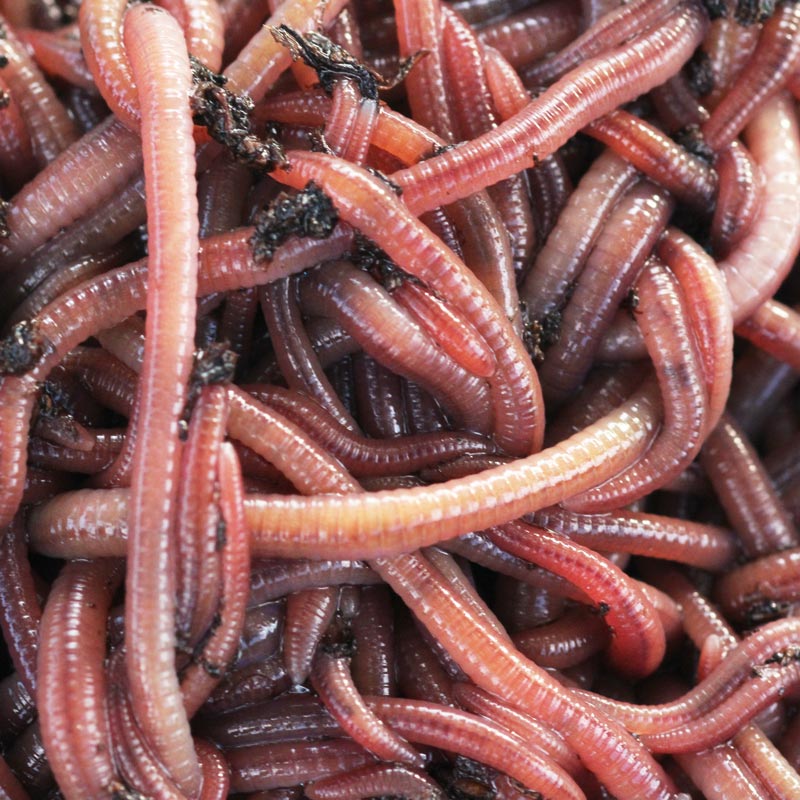 Because a pet’s natural food source cannot easily be duplicated in your home’s domesticated environment, an entire industry has been born from the necessity to conveniently feed them. These factory-made dry foods have been engineered and formulated to meet, at least, a minimum standard to fulfill your pet’s dietary needs. Supplementing your pet’s diet with earthworms will help to balance their diet and maintain a healthy life.
Because a pet’s natural food source cannot easily be duplicated in your home’s domesticated environment, an entire industry has been born from the necessity to conveniently feed them. These factory-made dry foods have been engineered and formulated to meet, at least, a minimum standard to fulfill your pet’s dietary needs. Supplementing your pet’s diet with earthworms will help to balance their diet and maintain a healthy life.
Red Wigglers are ideal for reptiles, amphibians, fresh water aquarium fish, and chickens. Their relatively small size makes them easy to consume for just about any size pet. They are high in protein and have high levels of iron, amino acids, copper, manganese and zinc. I feed my freshwater aquarium fish red wigglers. It is simply amazing how much their color brightens and becomes more vivid after a couple of feedings. I would venture to say you will get the same results for lizards, turtles and any other critters!

